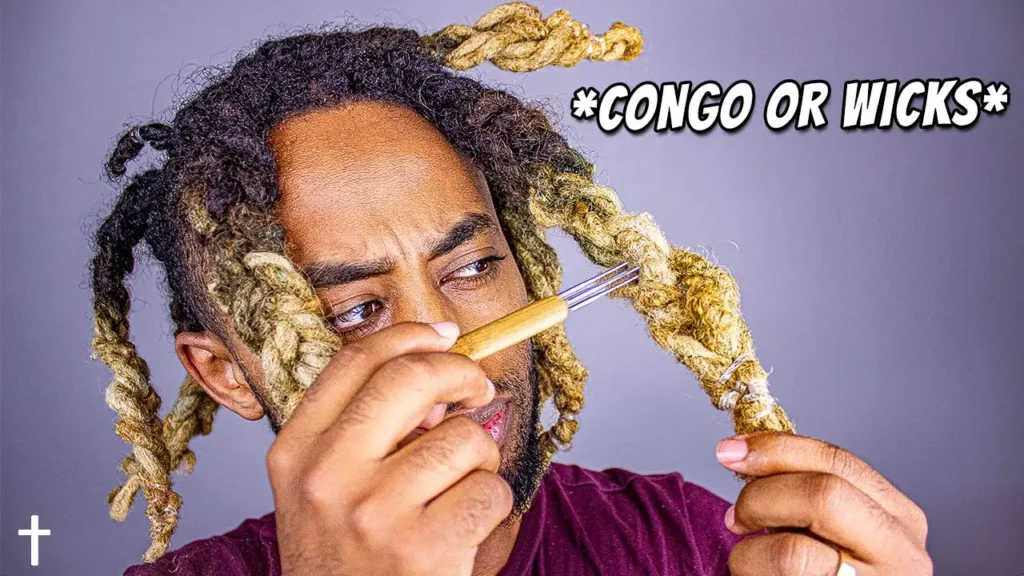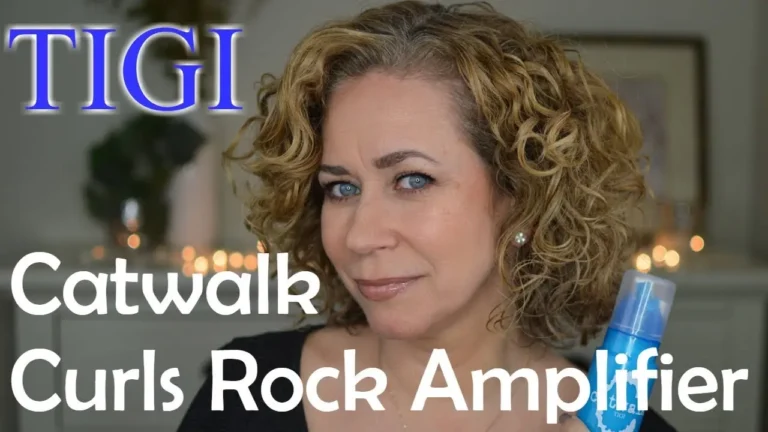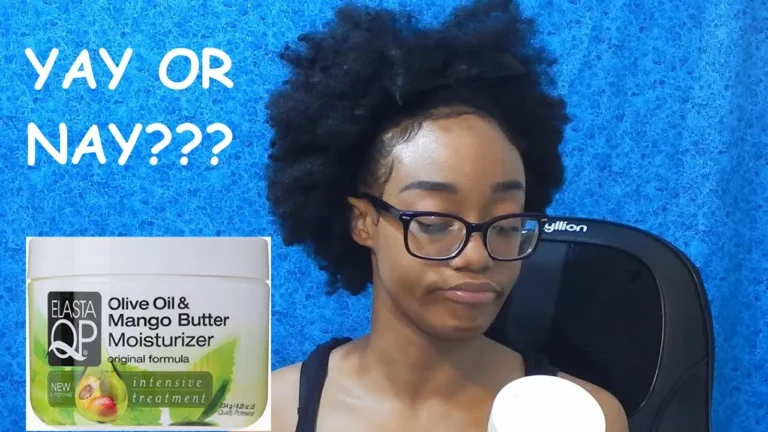
How To Create Wick Dreads Using 3 Different Methods: Crochet, Freeform and Rubber Band
Wick dreads have become more and more popular within the loc community, with many people claiming they look good on them (and many other locs communities as well).
You probably know that influencers are often wearing them on social media or in magazines, so you will see them a lot.
If you’re curious about wick dreads and want to learn how to get them, there’s no better place than this article.
You need to know what wicks are, how they came about and why they became so popular. We also can teach you some tips on maintaining them from start to finish.
What Are Wick Dreads?
Wick dreads are among the most voluminous of dreadlocks. Individuals with this hairstyle often have between 4-10 wicks on their head.
The hairstyle is named after the everyday candle wick, which is straight up. Though, long wicks will hang downward.
Where Did Wick Dreads Originate?
Wicks started in Florida, but they really came into vogue when celebrities like Kodak Black began wearing them. Shortly afterwards, people would imitate the style.
Wicks have become hugely popular over the last few years, with major celebrities influencing many popular fashion trends.
Wicks vs. Congos
It might be easy to get confused about wicks and congos but if you want them to make the difference, then it’s important not to get them mixed up.
Congos refer to sections of two or more dreadlocks that have merged together at the roots. They can be any size you choose.
Congos are coiled and have the ends sticking out like tiny fingers whereas wicks have thicker and more rounded locs.
How Long Does Your Hair Have to Be to Get Wicks?
This section of the article is about how many inches of hair you will need for wicks. A minimum of six inches is needed to start your wicks, which is enough that it would reach up a few inches higher than your scalp afterwards.
This nifty hack also helps you save on your installation costs by starting with enough hair.
This is not to say that you cannot put wicks in long hair. The main benefit of starting with long hair is that you can have longer wicks from the beginning.
Unfortunately, some people find it difficult to crochet long hair or locs. It can take hours or even days of work.
How to Create Wick Locs
There are 4 main methods of creating wicks, and we’ll explain them all in this section.
The Crochet Wick Combine Method
One of the simplest ways to create wicks is the “crochet wick method”. All you need to do is combine your locs with a crochet needle. You can end up with instant wicks, instead of having to wait for them to form over time.
Creating wick dreads from hair or locs can be accomplished using the following steps.
- The first step is to section your hair so you know the length of the wicks. You can even section it tighter using rubber bands, it’s personal preference how many you want. Some people prefer one or two large ones and others like smaller sections
- To cultivate your wicks you will need to use single, double or triple prong crochet needles. These will create the internal structure and external shape of your wicks.
- Lean over and pull your hair in between all three fingers of your right hand. Start crocheting near the roots of the hair or locs and start crocheting in and out repeatedly.
- Create a round shape by crocheting all around the loc. You will see hair start to grow in a circular fashion. Gradually move down the section of hair, working your way around, and all the way down, to finish the wick.
Using Crochet Wick Extensions
If you are starting a wick journey, consider using crochet wick extensions. They can help you lengthen your wicks and start this new change in your life! To learn how to extend your wicks, follow the instructions below:
Oh no! There are so many different wick extensions. Which one should you choose? You can go for small, medium, large, or jumbo wicks depending on what kind of look you’re trying to achieve.
- You need to apply an oil of your choice to your scalp.
- Keep rubber bands around each section of your roots. For best results, make sure you’ve given it the right size
- If you don’t, your growth won’t extend past the wick. Your parts should be at least two times larger than your wick extensions. If you’re not sure how large to make your parts, consult a cosmetologist
- To complete this step, take the wick extension you chose and remove a few inches of hair at the tip with a rat tail comb. Ensure it is long enough for you to crochet onto your natural hair later on.
- To join the extensions to your natural hair, sandwich them together at one end and with a crochet needle make stitches into the wick extension. Keep going all around the join until you get to where you started.
- Repeating the previous two steps for the remaining sections.
The Freeform Method
It’s also possible to grow wicks without manipulation. To do this, you just need to let your hair grow and lock naturally without manipulating it much. You should wash and oil it as needed
Whenever your roots start to fuse together, Control their thickness and number of wicks by separating them correctly. Over time, this will result in natural looking wicks.
Keep in mind that freeform wicks will not have as clean an appearance as crocheted wicks. If you want your wicks to be perfectly cylindrical, go for crochet wicks.
Rubberband Method
The rubber band method is a fun technique to use for those with afro hair.The best way to do it is by dividing your hair into large sections and securing them with rubber bands.
The rubber bands should be in place for at least 3 weeks to 1 month the first time. After that, take the rubber bands off – if your hair is starting to loc on its long-term you will start to see a difference.
If you’re your hair isn’t locked, place the rubber bands back in and wait between 3 to 4 weeks. Once it appears that your hair is locked, you won’t need them anymore.
Wick Care and Tips
As you’re creating your new wicks, the following tips should help:
You can use almost any size wick you want, as long as they’re all the same size.
Washing your wicks regularly will keep it looking gorgeous. For good hygiene, wash your dreads at least once or twice a month.
Make sure to moisturize your scalp as often as possible and cover your hair with silk or satin bonnets or scarves at night.
After ensuring that the wicks are clean and dry, leave them out to air-dry or blow-dry. This will prevent mold/mildew from growing on your wick.
Spraying rose water and a lightweight oil on your wicks daily helps them to stay hydrated.
Conclusion:
Now you know what wicks are and what they’re not. Next time you need to create a wick on your locs or some loose hair, check out this article.
To make your wick dreads last, you’ll need to use the right technique. We hope this article was helpful and we wish you good luck with your new wick dreads!








Comments are closed.